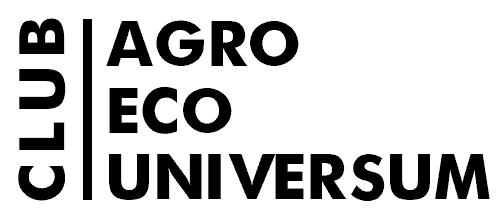On April 28, AEU Club held a teleconference for teams of young scientists from Indonesia and Philippine, where Dr. Dr. Frank van Dien, founder of ECOFYT, who has specialized in constructed wetlands for 27 years, presented a lecture on Constructed Wetlands system and the principles of its design.
Dr. van Dien began his lecture with the question “What a wonderful technique; how to use it?” In this part, the speaker spoke in detail about «Trias energetica» – a guide model for pursuing energy sustainability, developed in the Nethterlands. It includes a specific approach to water consumption – «Trias Hydrica». The first pillar of Trias energetica is that we need to limit energy demand through energy saving. In water terms, it means that any building or an object should avoid excessive water use. Second, renewable sources should be used to meet the remaining demand: Stormwater can be used for gardening, toilets and washing machines. Thirdly, limited resources should be used very efficiently. It is recommended that precious clean drinking water should be used as efficient as possible, for example, by installing water-saving toilets and showers.
Then Dr. van Dien proceeded to the basics of CW design. To effectively design a constructed wetland, the following questions need to be asked first: what kind of water and how much water is to be treated, what kind of soil, data on heights and levels, what is already available, specific demands of the principals, what fits this specific location. There are 2 basic types of water that we can deal with: water that needs «polishing» (effluent of Communal Treatment Plants, run off of roads or parking lots, surface water in delicate areas) and «full treatment» (domestic, agricultural, industrial). After that, you should proceed to the choice of the type of constructed wetland – Free Water Surface systems, Subsurface Horizontal or Vertical Flow systems. Think about how to fit it in the landscape/ plans and what is the available budget.
In the third chapter of the report, the layer-by-layer structure of the Vertical Flow systems and the efficiency of wastewater treatment from pollutants by this system were considered in detail. An important emphasis was placed on the role of reeds.
Finally, Dr. van Dien gave a variety of interesting examples of constructed wetlands. For example, a constructed wetland treating sewage on a ship, or a floating constructed wetland, etc.
During his presentation, Dr. Frank used an interactive element in the form of a question-answer for the audience. That enabled a productive discussion not only after the completion of the report, but also in the process.
The theoretical lecture part of the project of student teleconferences has been successfully completed and practical seminars will soon start to teach the teams the design of a specific treatment plant for their water objects.



